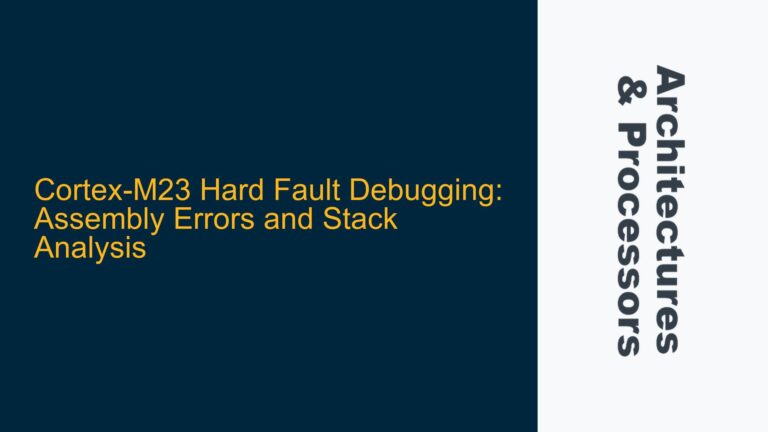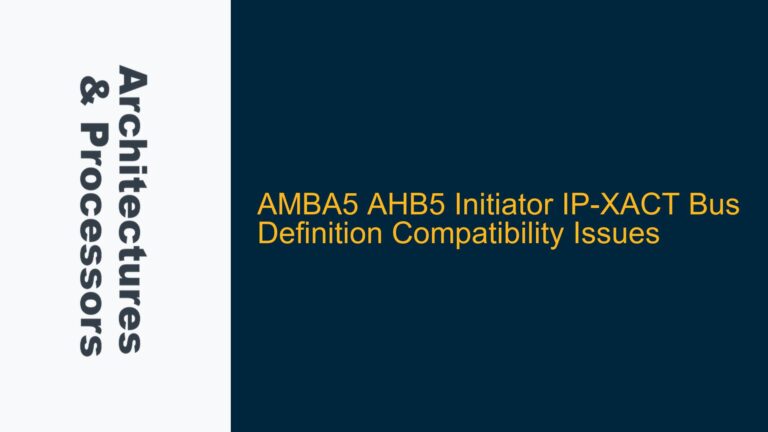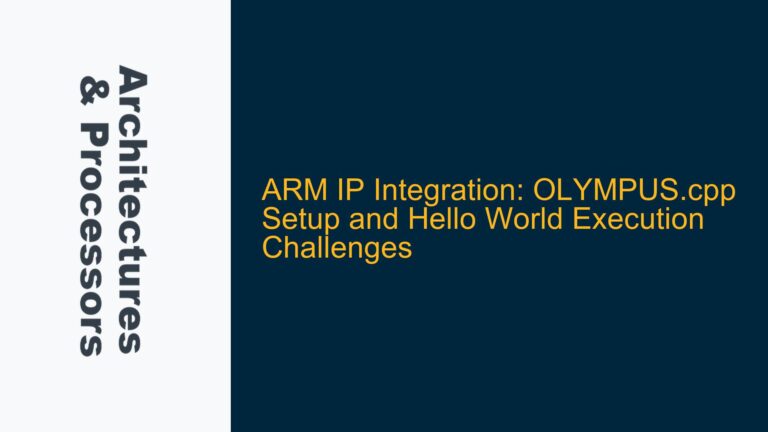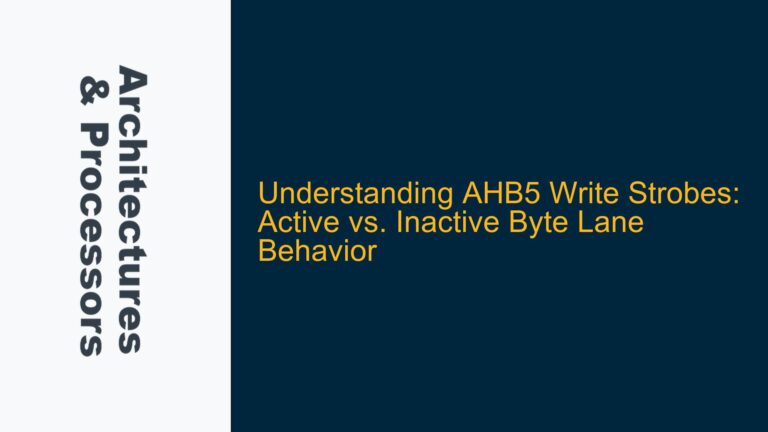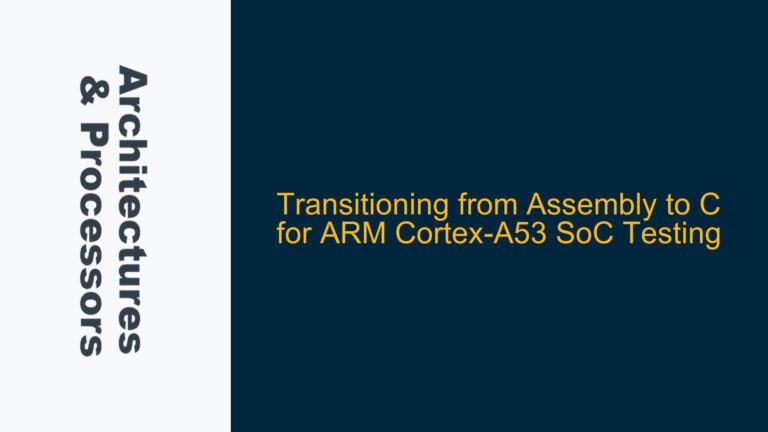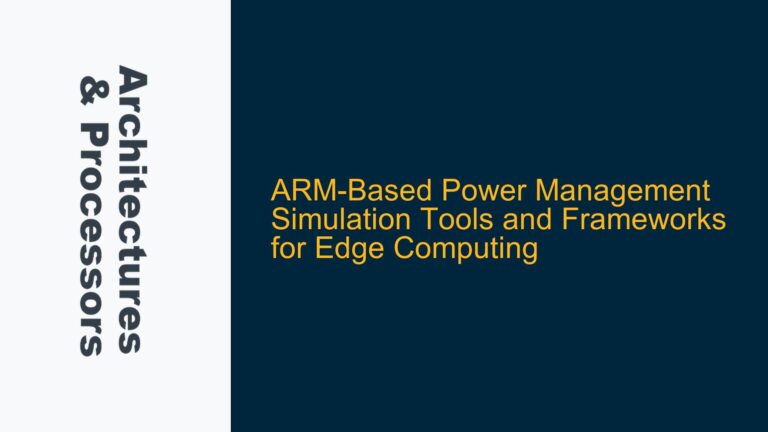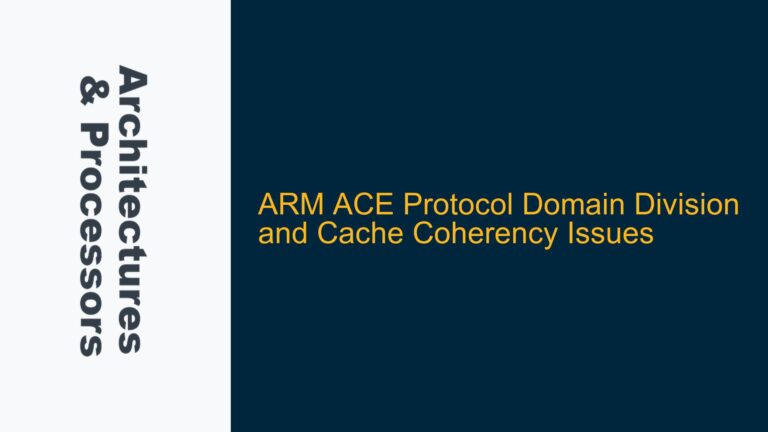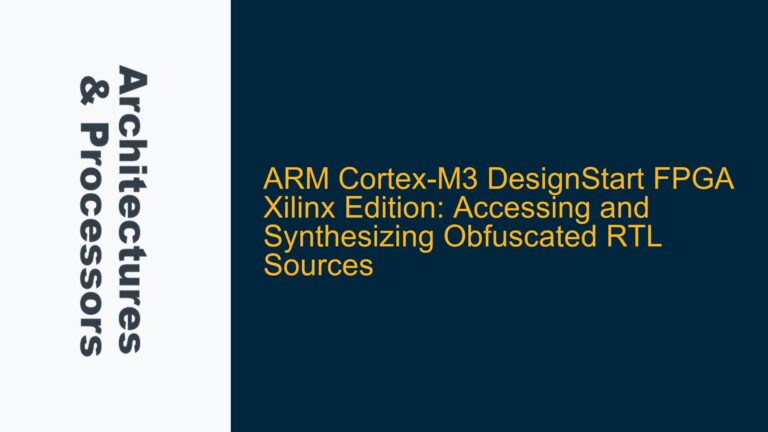Cortex-M23 Hard Fault Debugging: Assembly Errors and Stack Analysis
Cortex-M23 Hard Fault Handler Assembly Code Errors The core issue revolves around debugging a Hard Fault on the Cortex-M23 processor using a custom Hard Fault handler written in inline assembly. The handler is designed to extract register values from the stack to diagnose the cause of the fault. However, the assembly code fails to compile…
